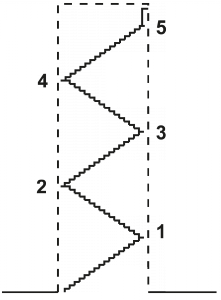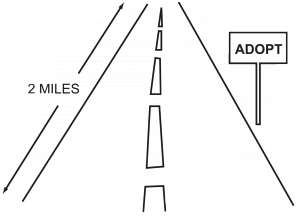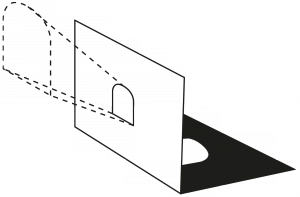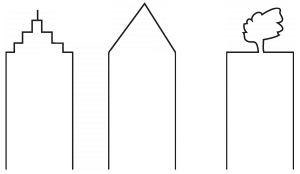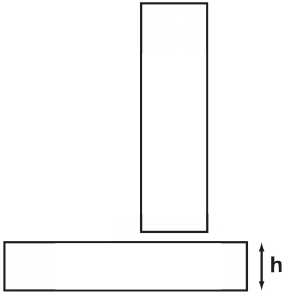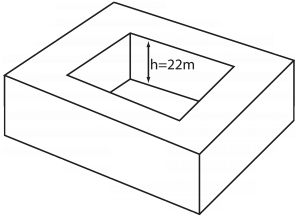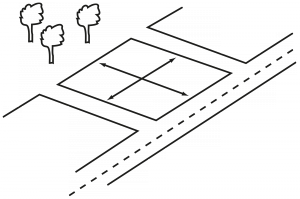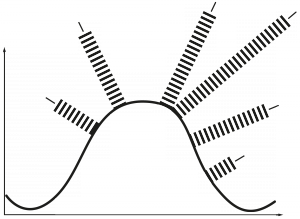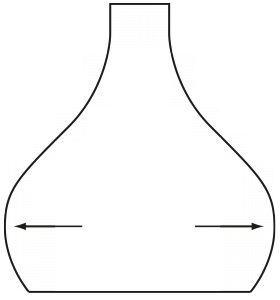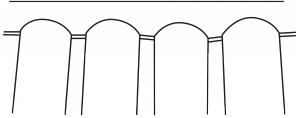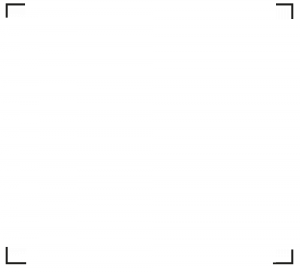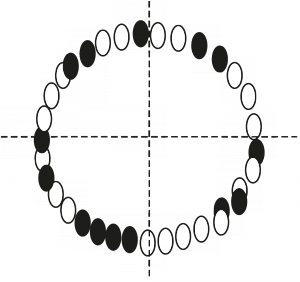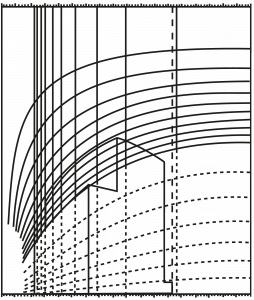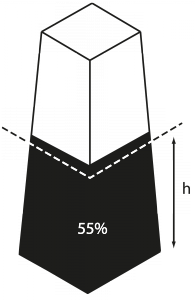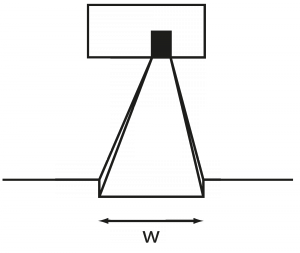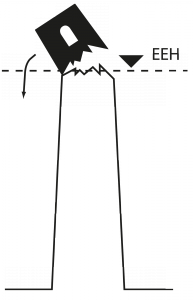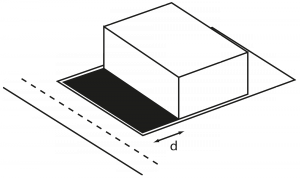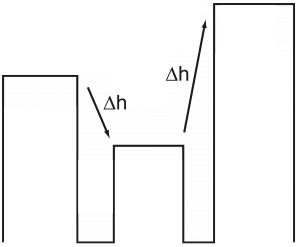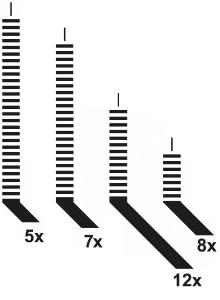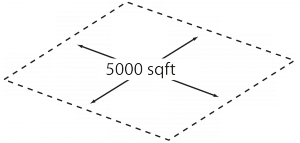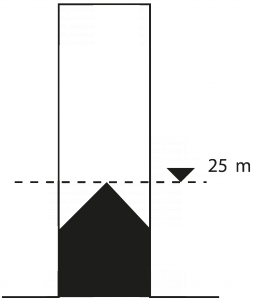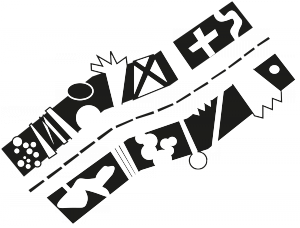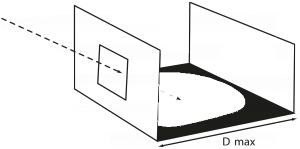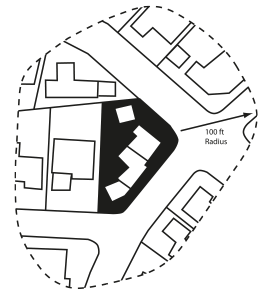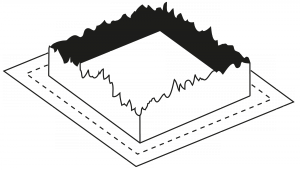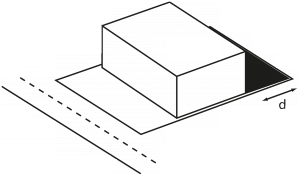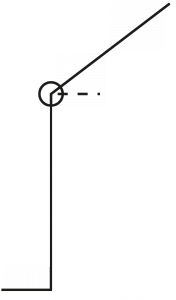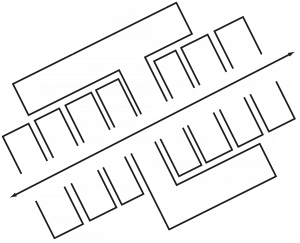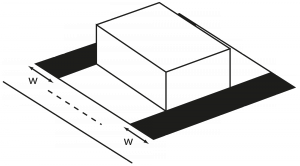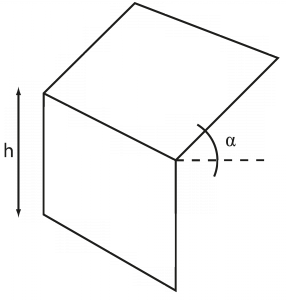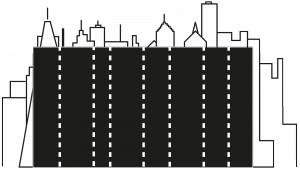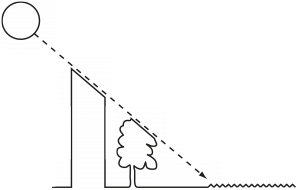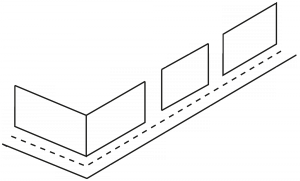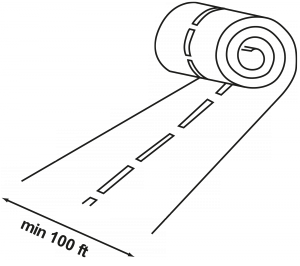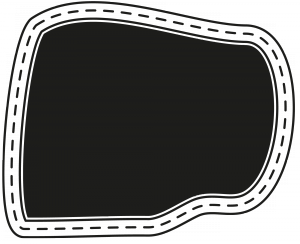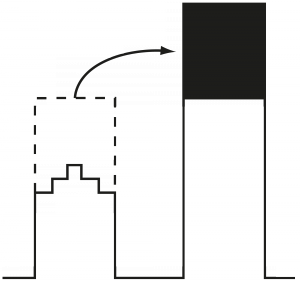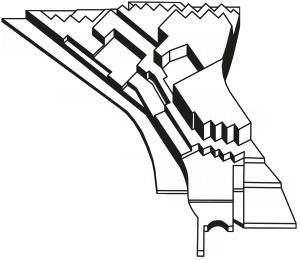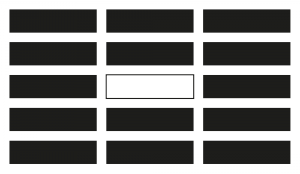Asst. Prof. Dr. Alex Lehnerer
Design Rules and Design With Rules!
Cities as cultural products are neither ‘built’ nor ‘planned,’ at best they are guided and steered in a certain direction. Therefore, rules and regulations are one of the few tools that are actually suitable to guide future development within such collective and complex urban settings.
We strongly believe that the field of (urban) design should not simply adhere to these standards as some neutrally existing context but should actively engage in discussing them in order to make them subject to design as well. read more
Filter rules
Show All-
 Backdrop PreservationForm Regulator, Height, Density and Distribution Regulator
Backdrop PreservationForm Regulator, Height, Density and Distribution Regulator -
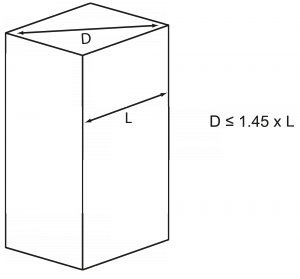 Building BulkDensity and Distribution Regulator, Form Regulator
Building BulkDensity and Distribution Regulator, Form Regulator -
 Common Law of NuisanceProgrammatic Regulation, Form Regulator, Height, Density and Distribution Regulator, Style
Common Law of NuisanceProgrammatic Regulation, Form Regulator, Height, Density and Distribution Regulator, Style -
 Freedom & CoercionDensity and Distribution Regulator, Height, Style, Programmatic Regulation, Form Regulator
Freedom & CoercionDensity and Distribution Regulator, Height, Style, Programmatic Regulation, Form Regulator -
 Glut TendencyProgrammatic Regulation
Glut TendencyProgrammatic Regulation -
 Invisible HandProgrammatic Regulation, Form Regulator, Height, Density and Distribution Regulator, Style
Invisible HandProgrammatic Regulation, Form Regulator, Height, Density and Distribution Regulator, Style -
 Land Preservation
Land Preservation -
 London View ManagementDensity and Distribution Regulator, Form Regulator, Height
London View ManagementDensity and Distribution Regulator, Form Regulator, Height -
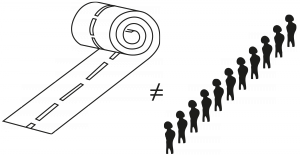 Population to Overall Street LengthDensity and Distribution Regulator
Population to Overall Street LengthDensity and Distribution Regulator -
 Proximity CoercionDensity and Distribution Regulator, Height, Programmatic Regulation, Form Regulator
Proximity CoercionDensity and Distribution Regulator, Height, Programmatic Regulation, Form Regulator -
 Public & Private InterestsStyle, Programmatic Regulation, Form Regulator, Density and Distribution Regulator, Height
Public & Private InterestsStyle, Programmatic Regulation, Form Regulator, Density and Distribution Regulator, Height -
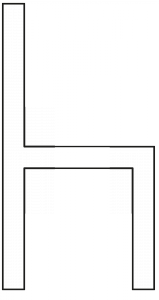 Public Space AcceptanceDensity and Distribution Regulator, Style, Programmatic Regulation
Public Space AcceptanceDensity and Distribution Regulator, Style, Programmatic Regulation -
 Revision CyclesHeight, Style, Programmatic Regulation, Form Regulator, Density and Distribution Regulator
Revision CyclesHeight, Style, Programmatic Regulation, Form Regulator, Density and Distribution Regulator -
 Ridge Line ProtectionForm Regulator, Height, Density and Distribution Regulator
Ridge Line ProtectionForm Regulator, Height, Density and Distribution Regulator -
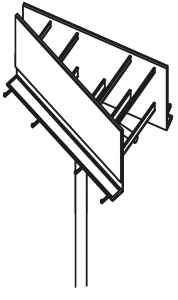 Rights to BeautyStyle, Form Regulator, Height
Rights to BeautyStyle, Form Regulator, Height -
 Rule of ThreeHeight, Style, Density and Distribution Regulator
Rule of ThreeHeight, Style, Density and Distribution Regulator -
 Rules and FreedomsDensity and Distribution Regulator, Height, Style, Programmatic Regulation, Form Regulator
Rules and FreedomsDensity and Distribution Regulator, Height, Style, Programmatic Regulation, Form Regulator -
 Scenic Drive ProtectionForm Regulator, Height, Density and Distribution Regulator, Programmatic Regulation
Scenic Drive ProtectionForm Regulator, Height, Density and Distribution Regulator, Programmatic Regulation -
 Style RulesStyle, Form Regulator
Style RulesStyle, Form Regulator -
 Towers at Primary StreetsHeight, Density and Distribution Regulator, Form Regulator
Towers at Primary StreetsHeight, Density and Distribution Regulator, Form Regulator -
 Where is William ?Density and Distribution Regulator, Form Regulator, Height
Where is William ?Density and Distribution Regulator, Form Regulator, Height
Bulky Block Type
Economic pressures compel the utilization of a given building lot all the way to applicable legal limits. These limits then determine the building’s form. If a building is constructed which, despite all restrictions, fails to have the desired appearance, then the city has the authority to determine the proportions / shape of its volumetry by means of additional regulations. The utilization coefficient, however, remains constant.
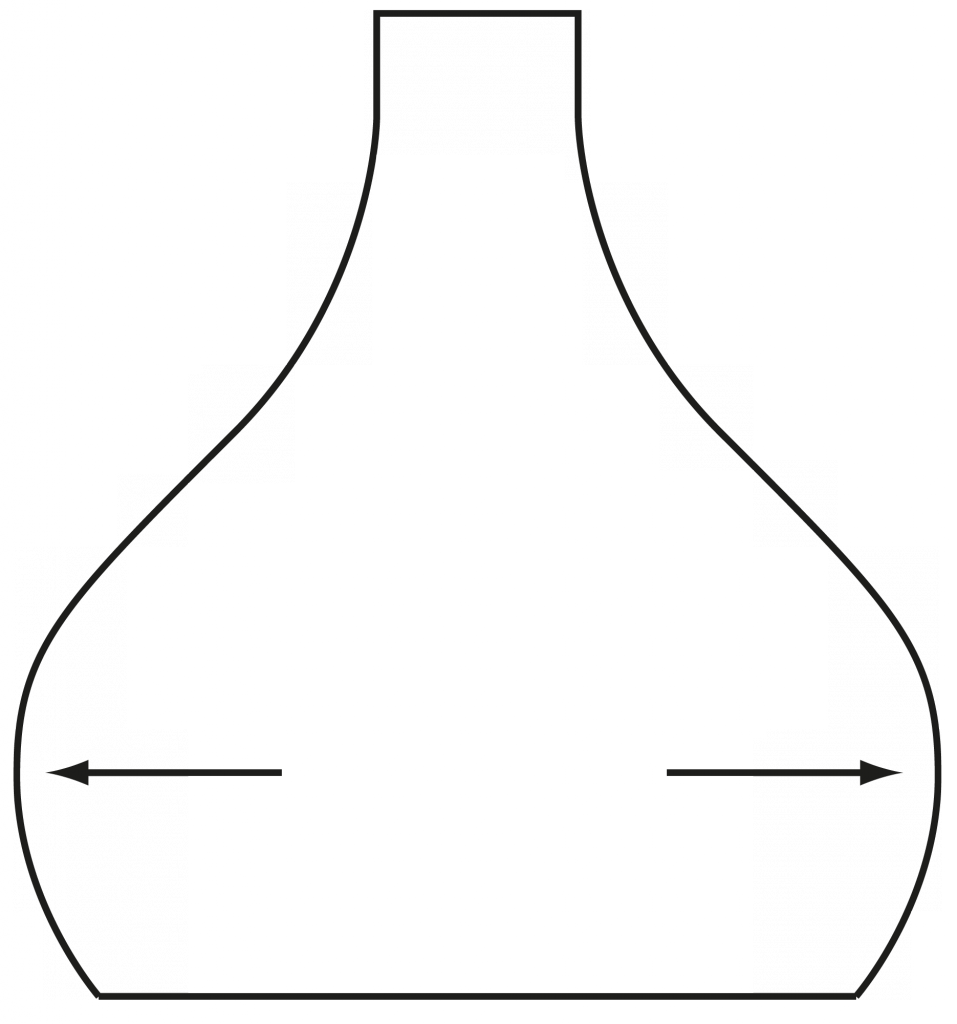
-
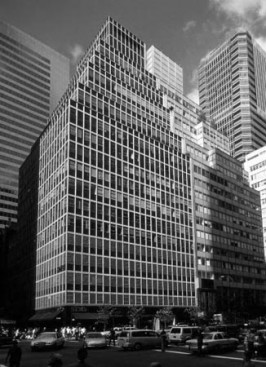 400 Park Avenue Building, New York.
400 Park Avenue Building, New York. -
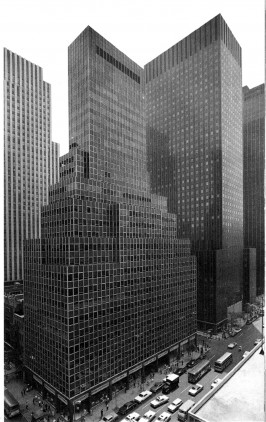 200 East 42nd Street Building, New York, 1959.
200 East 42nd Street Building, New York, 1959. -
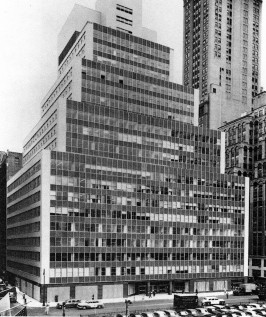 260 Madison Avenue Building, New York, 1952.
260 Madison Avenue Building, New York, 1952.


